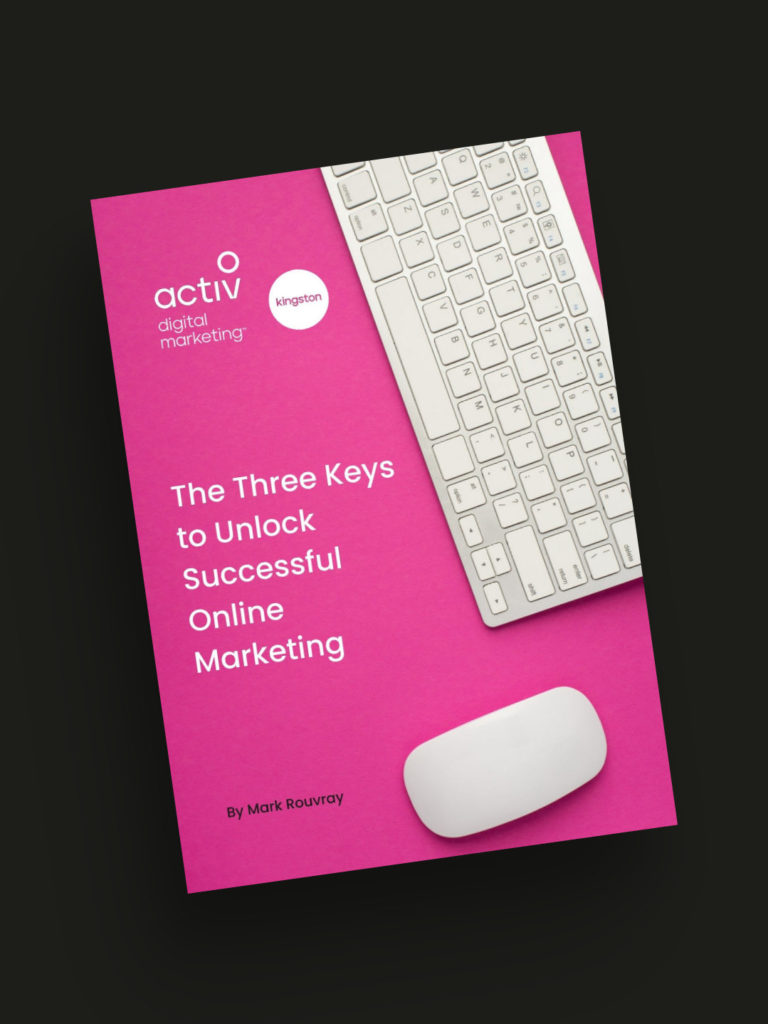Website page speed is an important factor, not least to improve visitor bounce rate but to help your SEO performance. According to recent consumer data, 47% of consumers expect a web page to load in 2 seconds or less, whilst 40% of people abandon a website that takes more than 3 seconds to load. Google also takes site speed into consideration when ranking them in search engines.
There are some speed related issues that can often be outside our control that the consumer may not be aware of. These include using mobile data to access web pages or using insufficient website browsers.
There are also many factors that are within the control of your website agency that can help to improve website speed, so we’ve put together a list of things you can check or have your digital marketing agency check for you:
1. Reduce the number of HTTP requests
Yahoo states that 80% of website load time comes from downloading parts of the web page like images, stylesheets and script. A request is created for each one so every component results in a new request.
2. Take a look at your images
Image file size is a factor in slowing down website landing page speed, often becoming frustrating for the end user. Reducing the size of your images without affecting the quality is an easy win. There is no need for website images to be larger than 1MB.
3. Tidy up your media library
Over time, your media library can become swollen with old images, unused files or older branded images you no longer need. A way of speeding up your site would be to have a bit of a clear out of anything unnecessary.
4. Clean up your database
Much the same as your media library, your website database can overflow with unused information with time, optimising your database by identifying unwanted data will help your website hosting server to fetch information more efficiently.
5. Try not to use URL redirects
Redirects are an easy way of protecting the value of your SEO when you build a new website or buy a new domain, however the more redirects you add, the more this process of transferring from one file to another slows the loading time of your pages.
6. Minify JavaScript and CSS
Stripping out characters, spaces, comments and functions through minification will streamline your data and increase efficiencies in your page speed.
7. Streamlining your HTML
Not every website is built using HTML, but if yours is, you may find that your HTML code contains 5-6k lines of code prior to adding any content. This results in bloated HTML impacting JavaScript performance.
8. Reduce download requests
You can use a plugin, Expires Headers which instructs the browser to request a file from the server or existing cache and tells it how long to store a file in the cache which reduces the number of downloads and HTTP requests meaning returning visits to the page by the same computer bypasses those requests.
9. Distance from the server
This one might sound fairly obvious, but the further your server is from your target audience, the more distance it has to travel to reach them, which will take a longer time. At activ we use a CDN (content delivery network) to copy our website to servers around the world, so it’s delivered as close as possible to the user.
10. Use a good server
We have recently invested in improved servers which have increased the speed of our client websites. By moving to a better server we have cut our TTFB (time to first byte which is server response time) in half.
As a website client, you should feel supported by your digital marketing agency to tackle website page speed problems. There are often many more factors in addition to those listed above but they’re a good starting point to tackle the issue.
For details on our own website services and how to get your business online with your digital shop window, take a look at our web design services.

